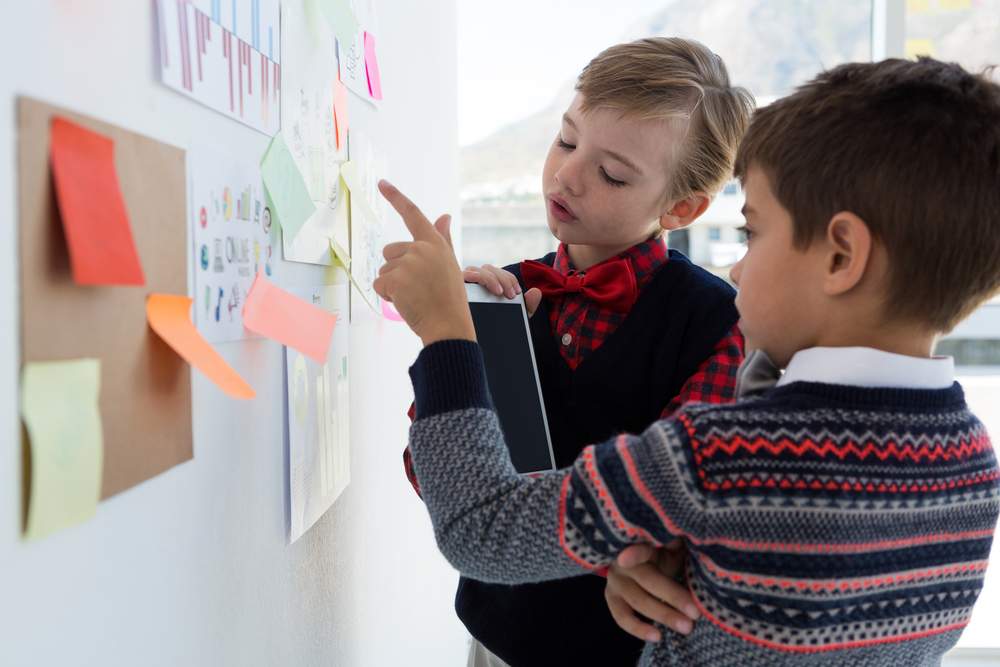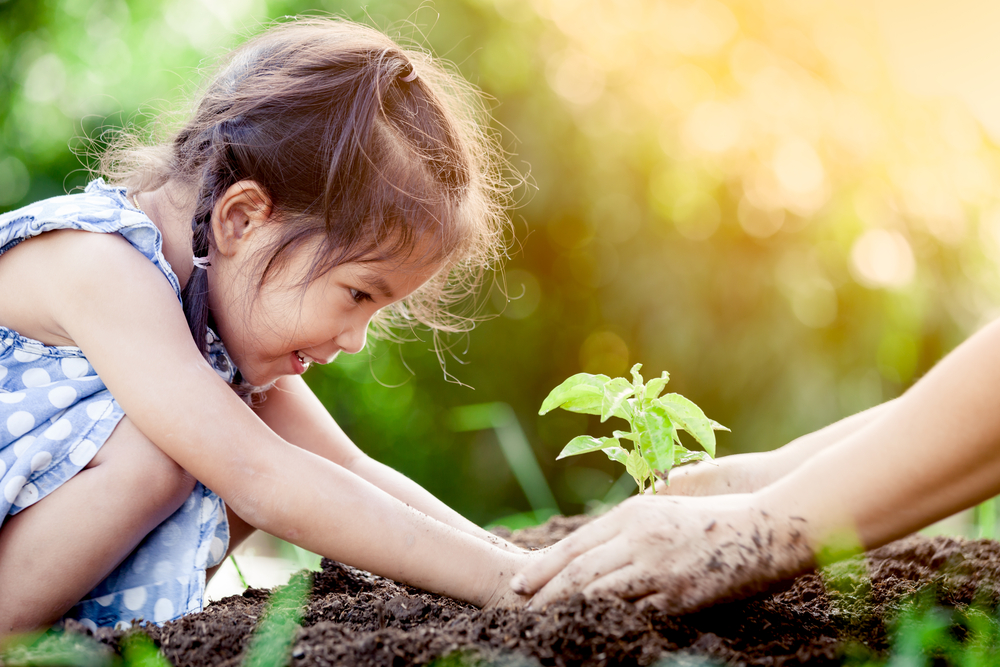
Being a parent is tough. It surely is the greatest responsibility but it comes with its own troubles. New parents are often clueless – what is the right thing to do? In times like these having a parenting expert at your fingertips is a blessing. Do Kids have Self Esteem? Contrary to popular belief that
Read More














